I run a small business selling Akoya pearl products, and I regularly receive inquiries about pearls from customers worldwide. Given the vast number of pearl shops across the globe, I feel truly grateful when people choose to reach out to me.
Recently, I received a message from a customer saying, “I want a Madama necklace.”
The term “Madama” has several different meanings:
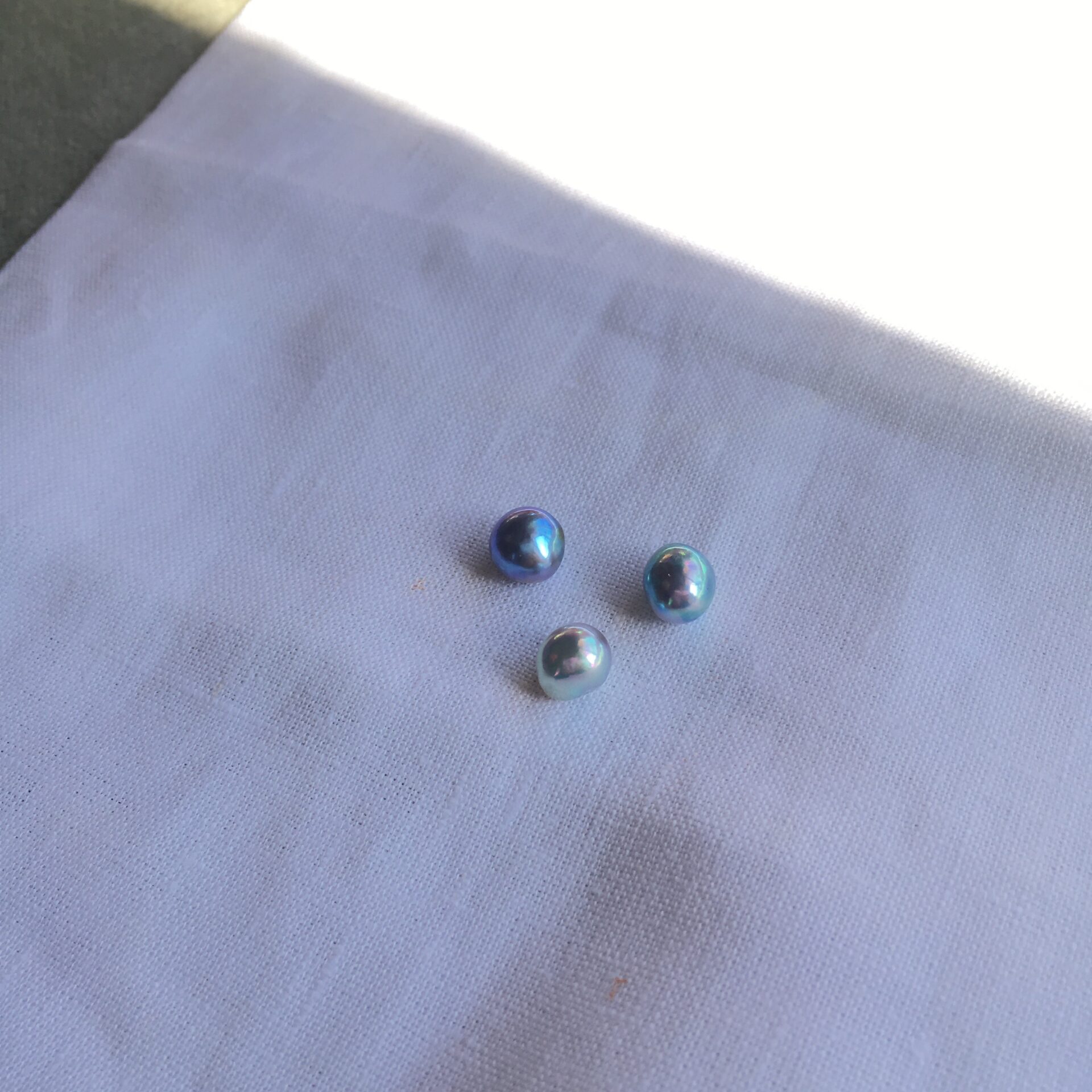
- A historical Japanese name for pearls.
- A designation used by the Japan Pearl Science Laboratory for a type of high-quality, natural-colored pearl with strong luster and a round shape.
- A term some older pearl farmers use to refer to natural blue pearls, regardless of whether they are round or baroque.
Since the customer was from overseas, they were unlikely to be using the first definition. However, it was unclear whether they meant definition #2 (a certified Madama pearl, which would be quite expensive) or definition #3 (any natural blue pearl).
I tried to clarify this with the customer, but our conversation seemed to go in circles. Eventually, they stopped responding. My best guess is that they were referring to natural blue pearls in general, rather than the specific certified Madama pearls.
The Importance of Defining Terms Clearly
As a seller, I believe it is crucial to establish clear definitions for the sake of fair trade. If I were to sell a natural blue pearl under the general meaning of “Madama,” but the buyer expected a certified Madama pearl from the Japan Pearl Science Laboratory, it would be considered fraudulent.
I have encountered similar misunderstandings multiple times, so in recent years, I have made it a priority to confirm terminology with customers before proceeding. However, in this case, my attempt to clarify may have given the customer a negative impression.
The Problem with Pearl Certification Systems
The term “Madama” has been used historically in Japan to refer to pearls in general, including both white and blue varieties. However, a private certification laboratory has since adopted the term, limiting it to round, high-luster pearls and issuing certificates under that definition. When this certification system was introduced, some pearl farmers were outraged, feeling that the name had been taken without proper consideration of its traditional usage.
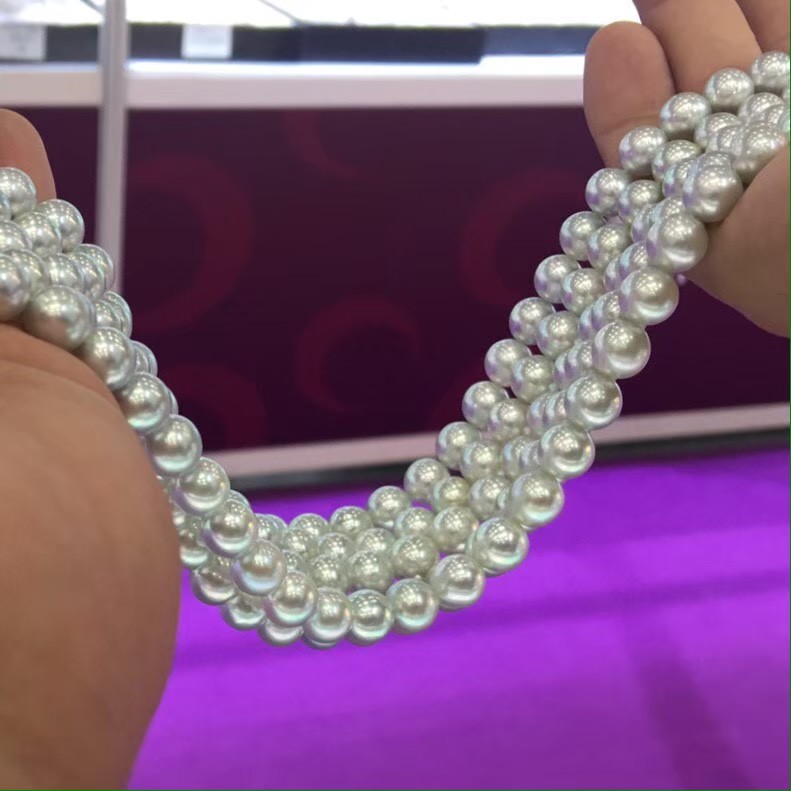
A similar issue exists with the term “Hanadama.” Traditionally, pearl farmers used this term to describe pearls with exceptionally strong luster. However, the same certification laboratory began issuing “Hanadama” certificates based on ambiguous criteria. Over time, these certificates lost credibility as they were issued even for pearls that did not necessarily meet the highest quality standards.
To compensate for this, new terms like “Aurora Hanadama” and “Tennyo” emerged, followed by further distinctions such as “Rose” and “Premium” to restore a sense of exclusivity. However, the certification standards remain inconsistent—pearls that fail certification from one company may pass when submitted by a larger, more influential firm.
Many pearl businesses find this system frustrating, but they are pressured to use these certifications due to customer demand. The Japan Pearl Promotion Society has proposed a stricter, more objective evaluation standard, but without significant outreach or advertising, it has not gained widespread recognition.
The Issue with Pearl Authentication for Baroque Pearls
I have often pointed out that most certification systems are designed for round pearls. Baroque pearls are typically ineligible for certification, despite their unique beauty.
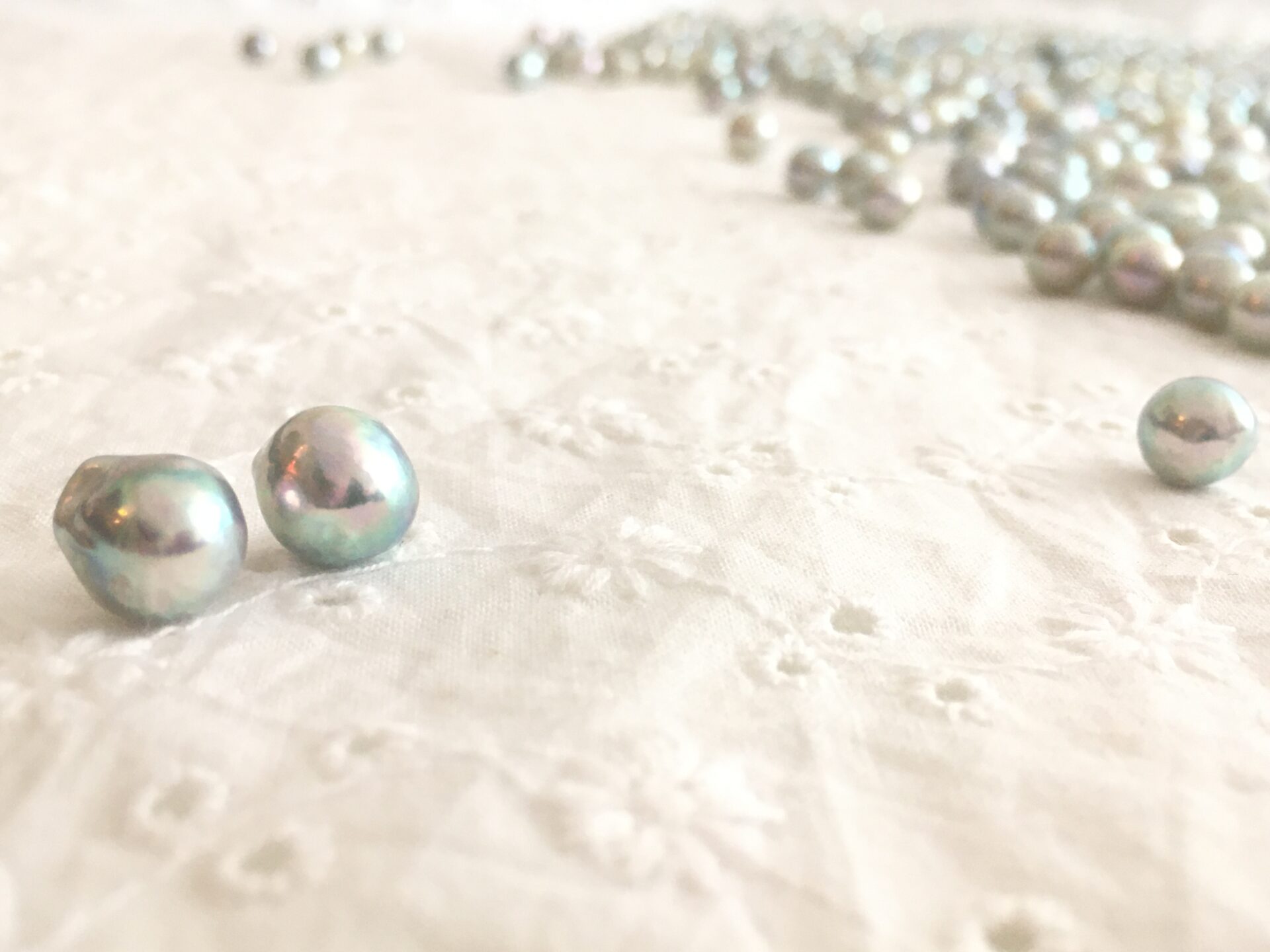
In fact, some pearls with thin nacre and dull luster still pass the Hanadama certification, highlighting the flaws in the system. While certification can offer reassurance to online shoppers, it does not necessarily guarantee the highest quality.
The Role of Experience and Trust in Pearl Evaluation
Private certification laboratories are a relatively recent development compared to long-established pearl businesses that have assessed pearls for generations. Yet, even these experienced companies often feel compelled to rely on certification for market acceptance.
At a previous company I worked for, I once suggested that we issue our own pearl certificates instead of relying on an external laboratory. After all, our company had a longer history and greater expertise. However, management rejected the idea, citing concerns about credibility and consumer recognition.
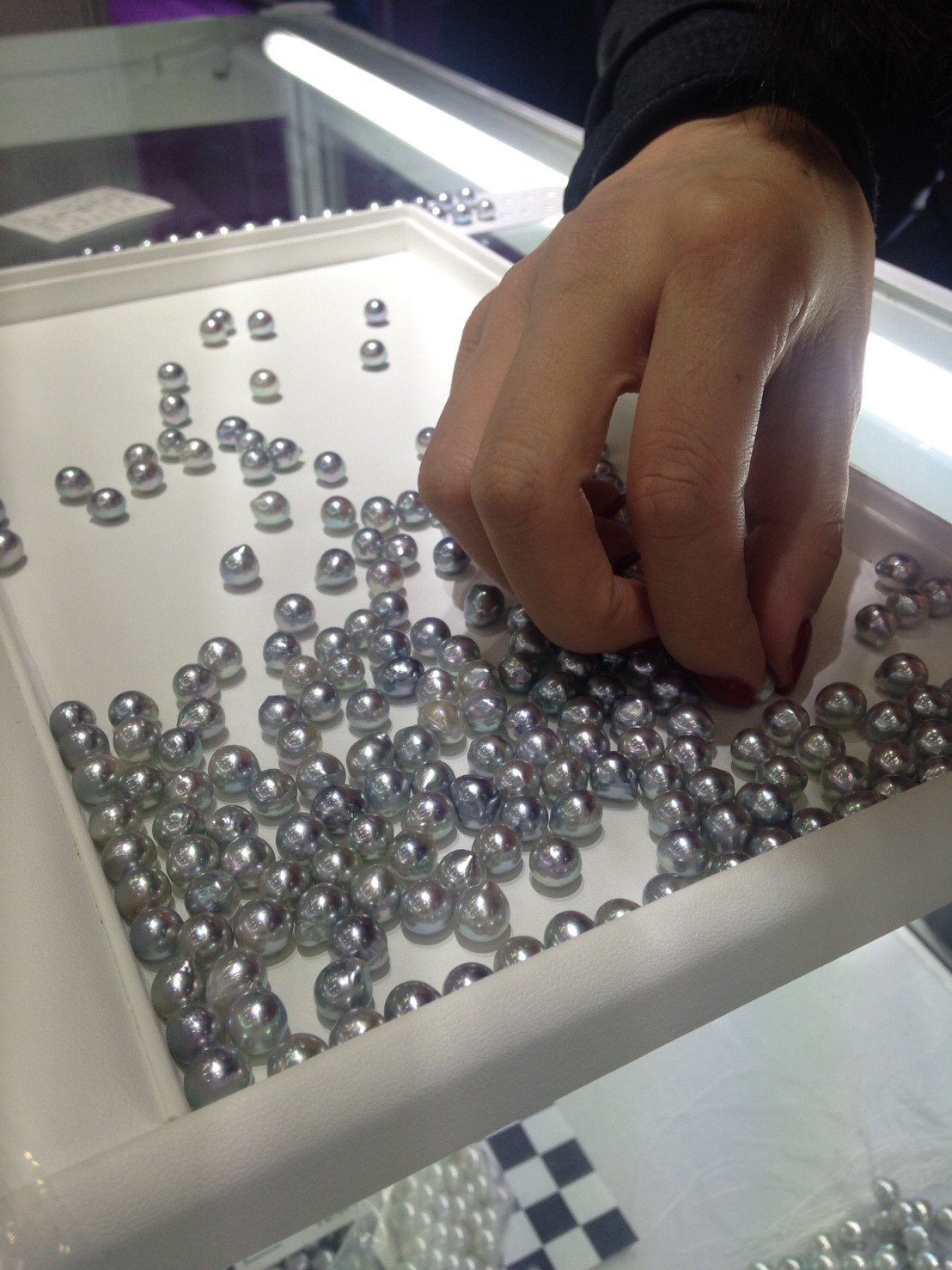
My Commitment to Honest Pearl Sales
Regardless of industry trends, I strive to present my pearls honestly. Customers should receive pearls that meet or exceed their expectations, never falling short. Given the high value of pearls, trust is paramount.
I also hope to educate pearl lovers so they can make informed purchasing decisions across different stores. Pearls are not just ornaments for display—they hold deeper meaning.
If a pearl is merely for outward appearance, an imitation could serve the same purpose. However, when the wearer truly understands the value of their pearl, it becomes more than an accessory—it instills confidence. This concept is somewhat difficult to articulate, but I believe that pearls have an “inner beauty” that goes beyond their surface appearance.
It’s similar to how a parent might say, “My son may be mischievous, but he has a kind heart. Others may not see it, but I know it’s there.”
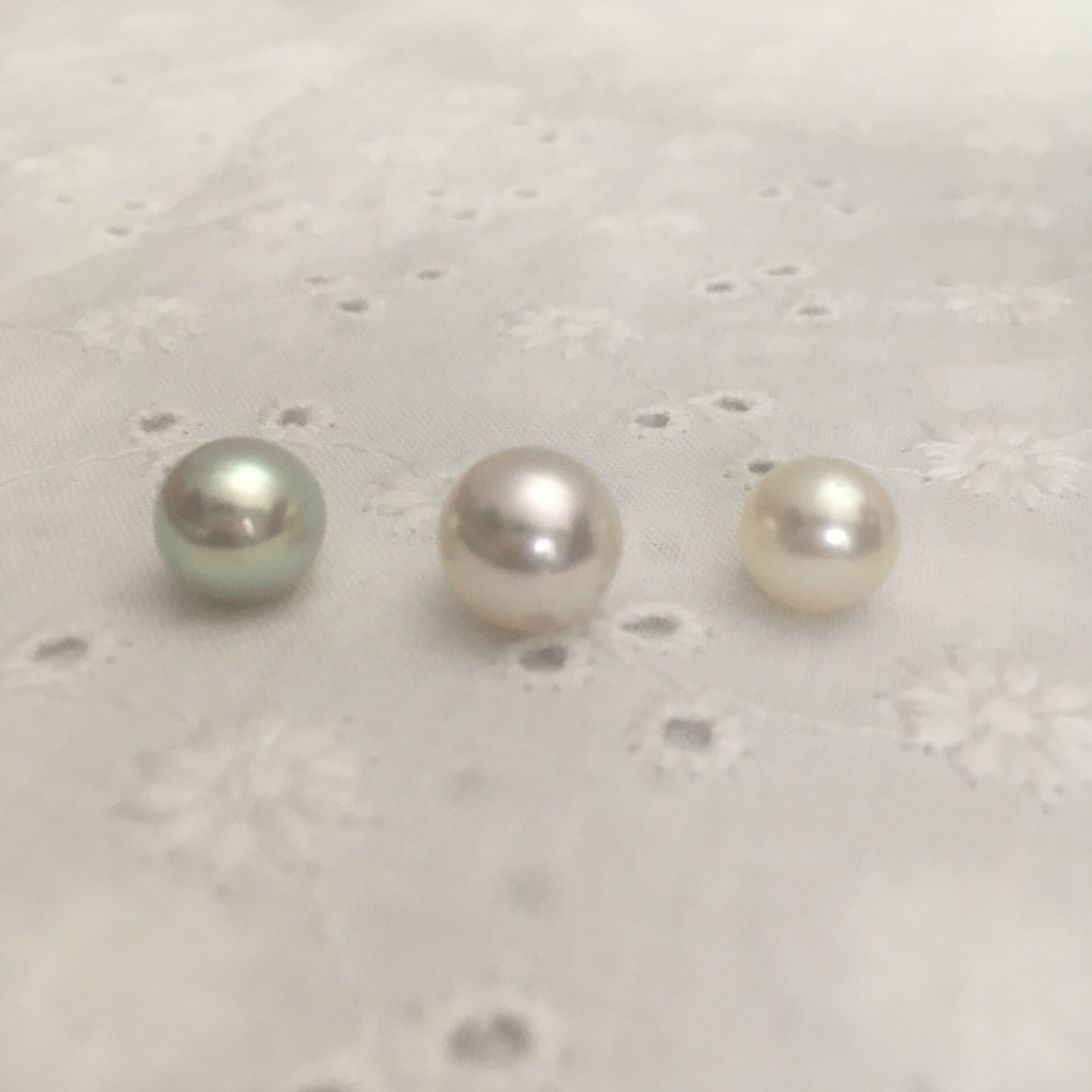
A Note on Writing
As I write this, it is February 19, 2025, at 11:39 PM. Since it’s getting late, I will wrap up here.
Recently, I have received frequent encouragement to write more, with people telling me, “Your writing is fascinating.” As someone who easily gets carried away with enthusiasm, I took their advice to heart and have been writing more frequently.
I expect my passion for writing will eventually cool down, but for now, I want to improve my ability to write well-structured and engaging pieces. Through my writing, I hope to share not only the beauty of pearls but also the stories, challenges, and history surrounding them.
Thank you for reading. If your day is just beginning, I send you my wishes: Pearl Bless You.

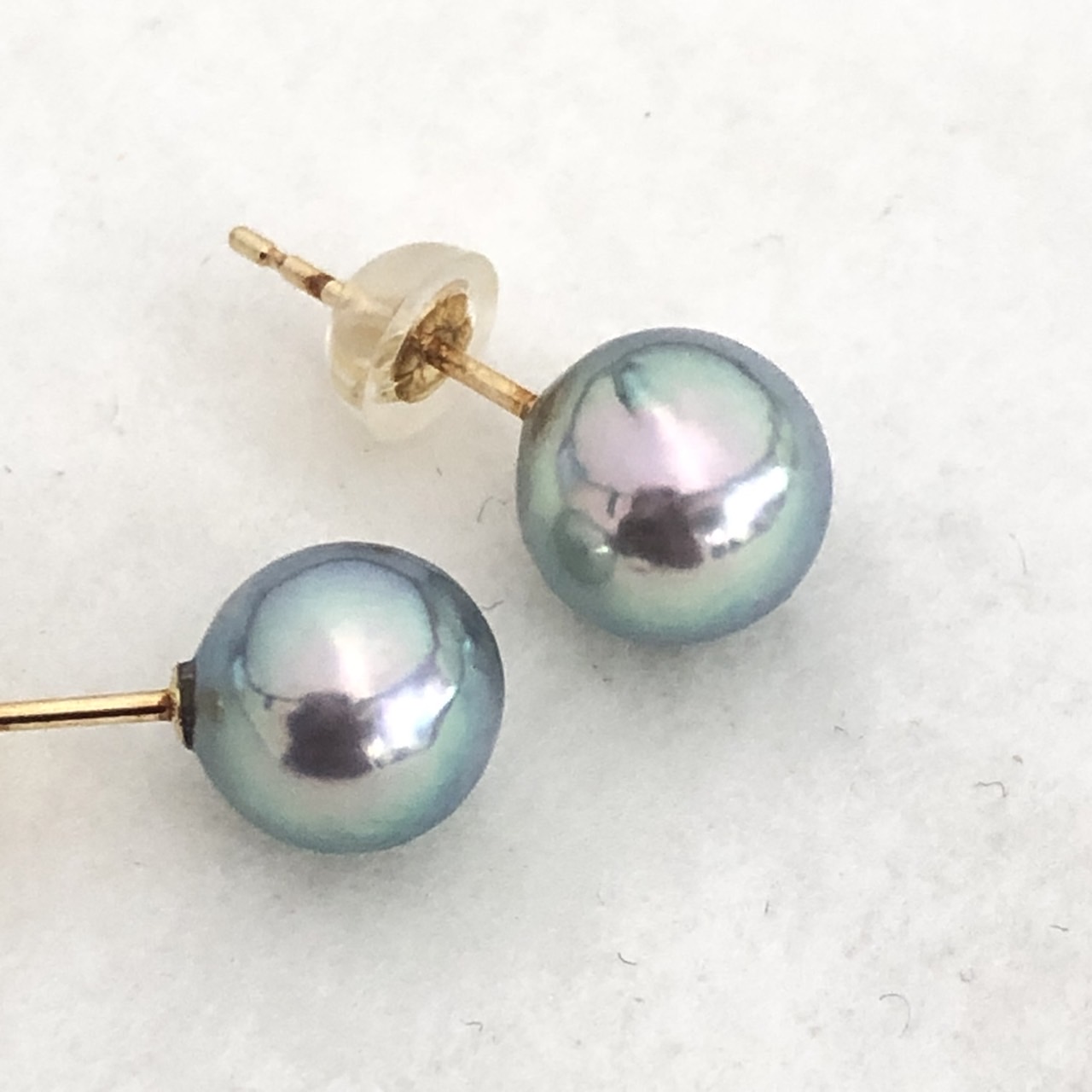
Comment